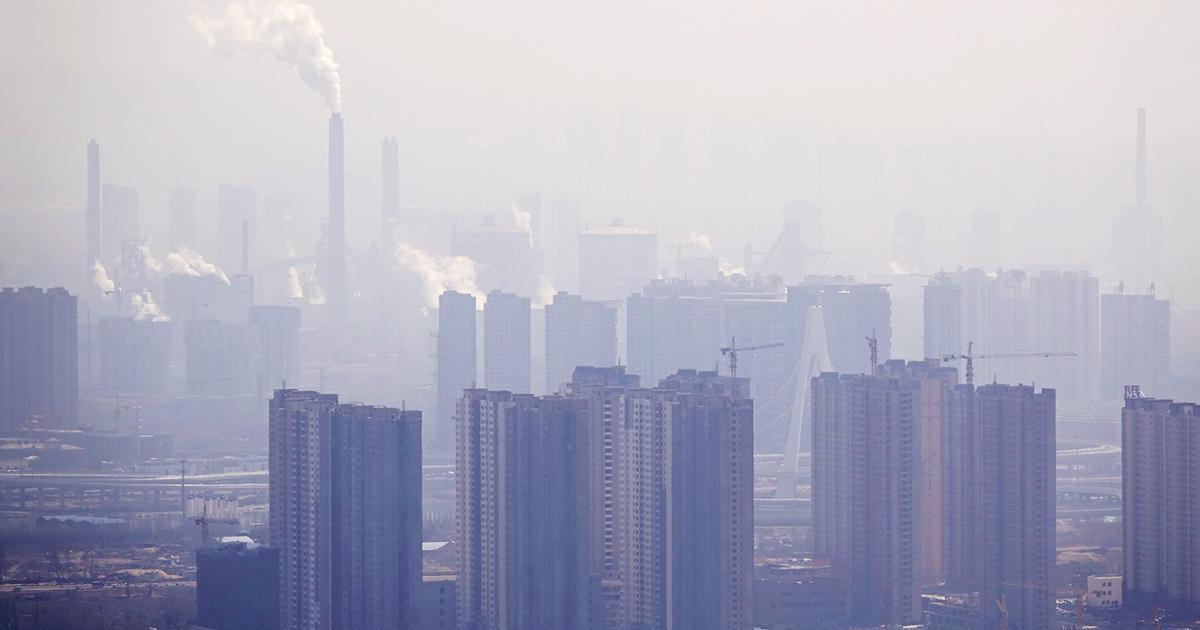Common Causes Of Bronchitis
Air Pollution

Air pollution is yet another cause for bronchitis in patients, specifically by inhaling air polluted by chemical compounds such as nitrogen dioxide. Nitrogen dioxide can be released into the air by power plants as well as transportation like cars, trucks, buses, airplanes, and motorcycles. Air polluted with high levels of nitrogen dioxide is reported to have negative impacts on children's' lungs. Researchers based in Stockholm conducted a study that followed 197 children between four months and four years old. These children were hospitalized because they developed wheezing from breathing difficulties, and their symptoms were linked to bronchitis.
Another study based in the Czech Republic involved the monitoring the effects of nitrogen oxide levels on 1,133 children born from May 1994 to the end of 1998. Researchers also gathered details about the lifestyle and environmental background. The study concluded levels of nitrogen oxides thought to be harmless are actually harmful to children, increasing the possibility of bronchitis.
Bacterial Infection

A bacterial infection can happen following the occurrence of a virus in the respiratory system. However, these types of infections don't happen as often. A few bacteria suspected to cause bronchitis are Bordetella pertussis, Mycoplasma pneumoniae, Haemophilus influenzae, and Streptococcus species. Bordetella pertussis is the root of the highly contagious respiratory disease called pertussis, otherwise known as whooping cough.
This disease is rare but can have severe symptoms such as a violent cough that may go on for weeks. The reason as to why the disease is also called the whooping cough is because a high-pitched 'whoop' sound is produced when the child inhales after a coughing fit. Infection by Bordetella pertussis, Streptococcus species, and Mycoplasma pneumoniae can result in symptoms like a dry cough, sore throat, and high fever.
